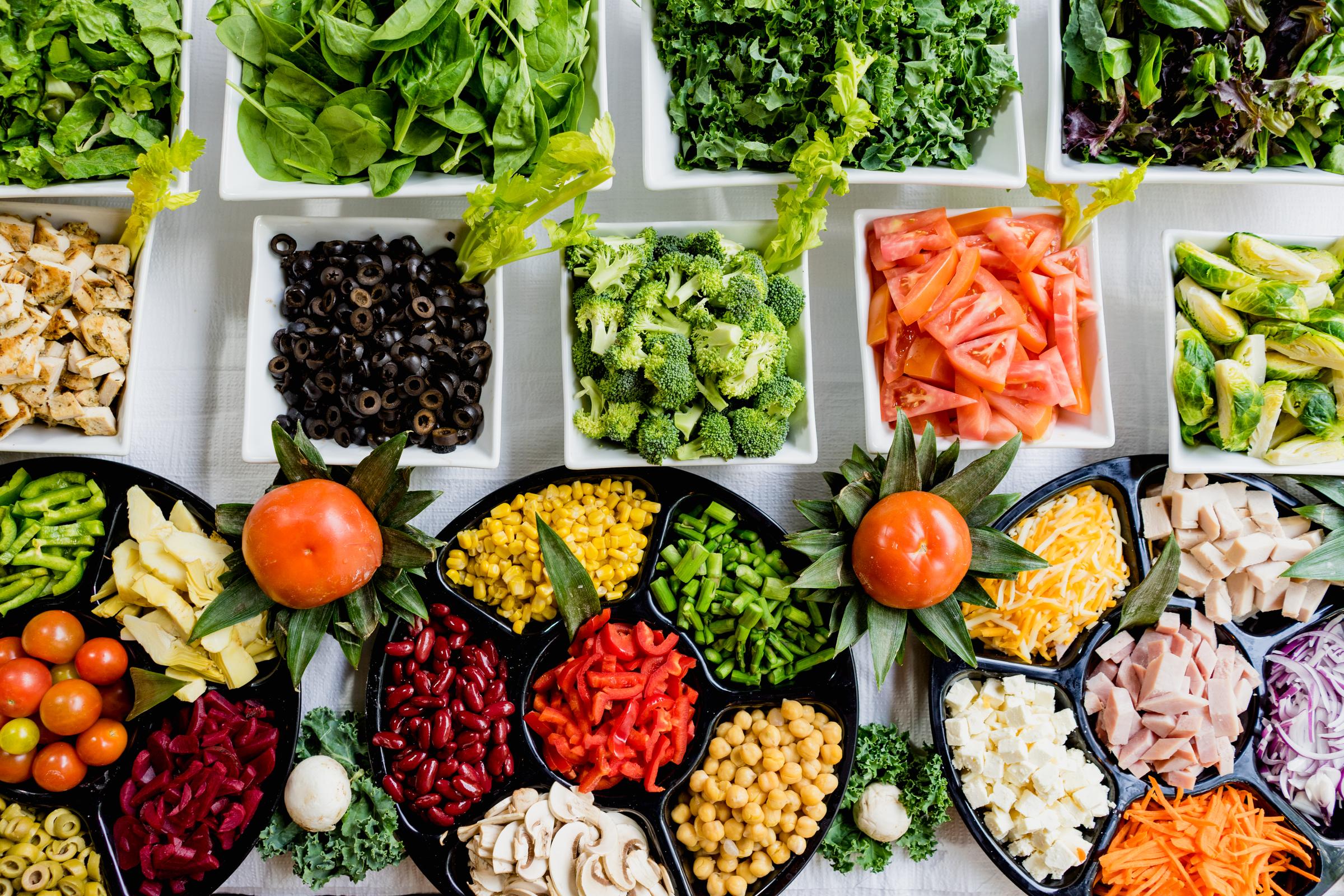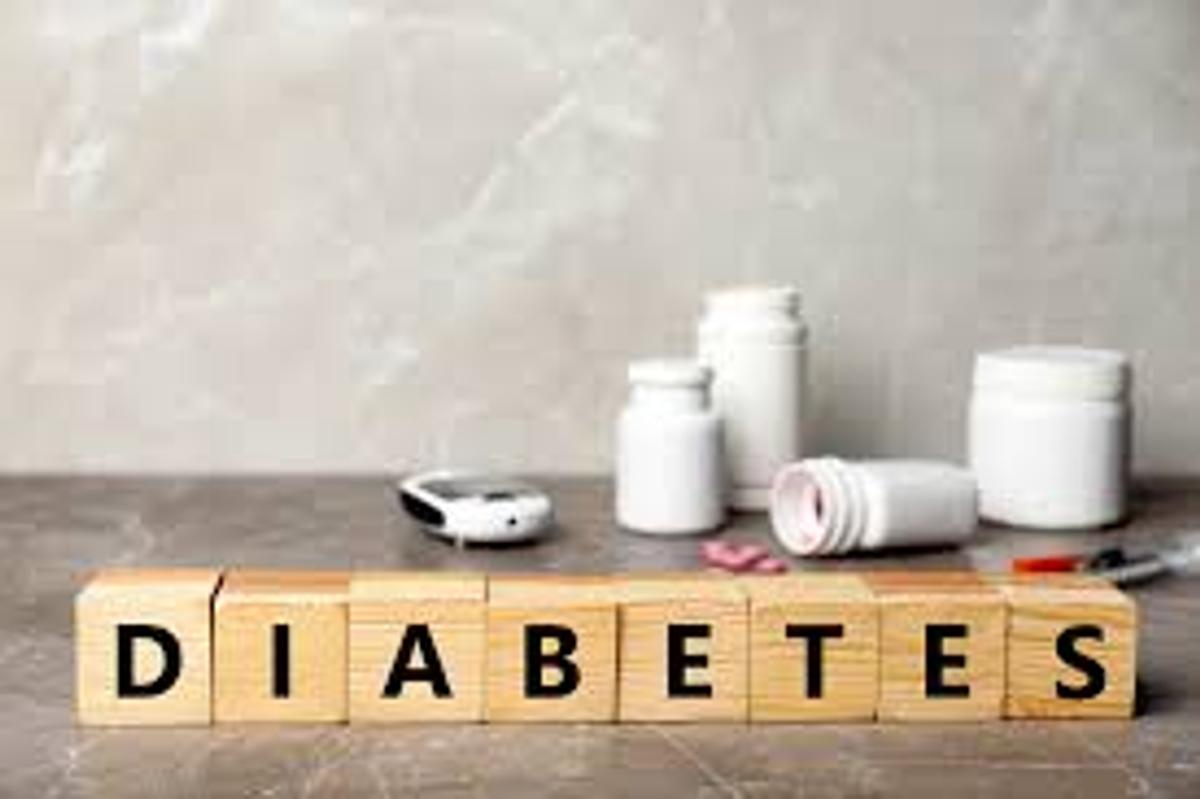FROM THE SCHOOL NURSE
Mrs. Julia Lohmeyer

FROM THE SCHOOL NURSE
Mrs. Julia Lohmeyer


Diabetes - Diabetes Mellitus occurs when blood glucose (sugar) levels are raised due to problems producing or processing insulin. Diabetes may be genetic, pregnancy related or caused by obesity or illness and may be type 1 or type 2.
Glucose metabolism explained - The body uses glucose as its main source of energy. Glucose comes from foods that contain carbohydrates such as potatoes, bread, pasta and rice, fruit, and milk. After food is digested, the glucose is released and absorbed into the bloodstream.The glucose in the bloodstream needs to move into body tissues so that cells can use it for energy. Insulin is a hormone made by the pancreas. Insulin opens the doors that let glucose move from the blood into the body cells. This is part of a process known as glucose metabolism. In diabetes, one of two things occur. The pancreas can’t make insulin (type 1 diabetes) or the cells don’t respond to the insulin properly and the pancreas produces inadequate insulin for the body’s increased needs (type 2 diabetes).If the insulin can’t do its job, the glucose channels can’t open properly and glucose builds up in the blood. High blood glucose levels cause the health problems linked to diabetes, often referred to as complications.
Types of Diabetes
Diabetes Type 1 (Insulin Dependent Diabetes Mellitus)
Diabetes type 1 (insulin dependent diabetes mellitus), can occur at any age but tends to develop in childhood. There is no cure, but the disorder can be successfully managed with insulin injections, nutrition, and exercise. Around one in every 700 Australian children has diabetes, which makes it one of the most common serious diseases amongst children.
Diabetes Type 2 (Non-insulin Dependent Diabetes Mellitus)
Diabetes type 2 can be associated with high blood pressure, high cholesterol, and weight gain, particularly around the waist (apple shape). Type 2 diabetes may be prevented but it cannot be cured.
Type 2 Diabetes is by far the most common form of diabetes. It affects 85 to 90 per cent of all people with diabetes. While it usually affects mature adults, younger people are also now being diagnosed in greater numbers. Type 2 Diabetes is sometimes called non-insulin dependent diabetes or mature onset diabetes.


The risk of developing Type 2 diabetes can be reduced by:
Gestational Diabetes
Gestational diabetes occurs during pregnancy and usually disappears when the pregnancy is over. However, women are at a greater risk of developing type 2 diabetes after experiencing gestational diabetes.
Another type of Diabetes
Diabetes insipidus is characterised by extreme thirst and the passing of large amounts of urine. It is caused by insufficient vasopressin (also known as antidiuretic hormone), a hormone produced by the brain that instructs the kidneys to retain water. It may also be caused when the body does not respond to vasopressin, even though enough is available. Diabetes insipidus is not related to diabetes mellitus.
Information sourced from the Better Health Channel. (www.betterhealth.vic.gov.au)